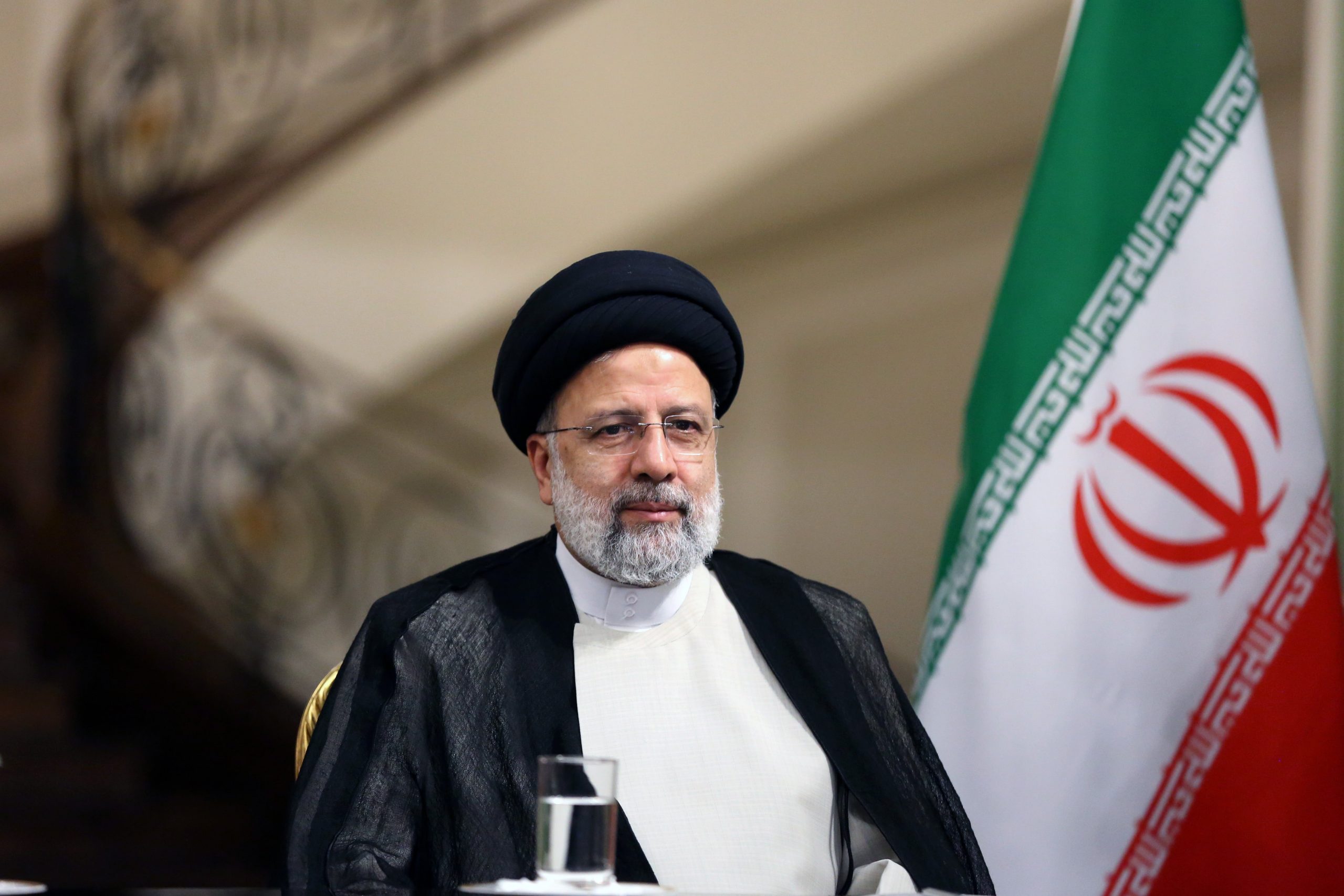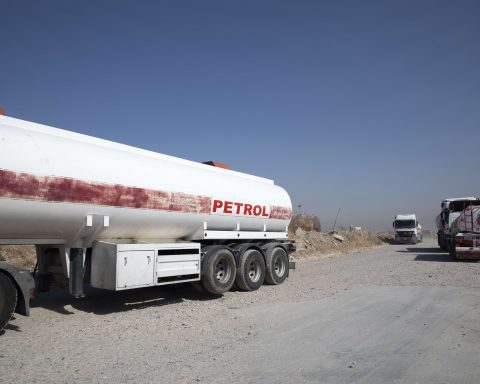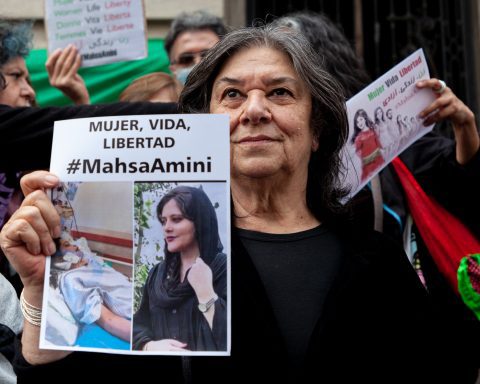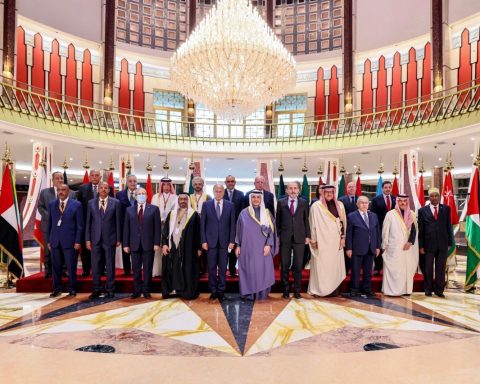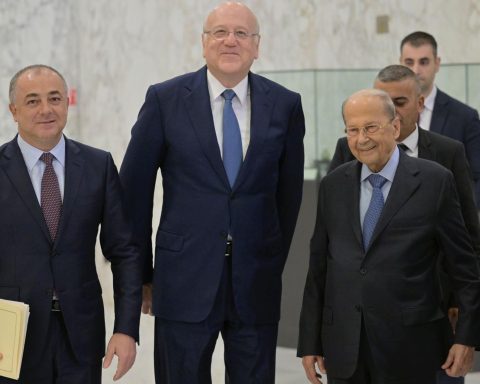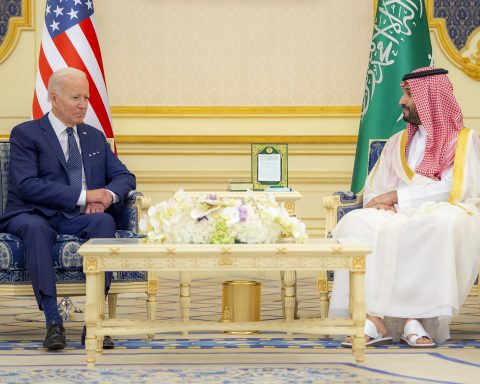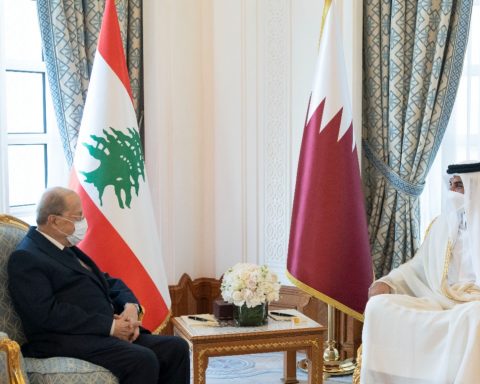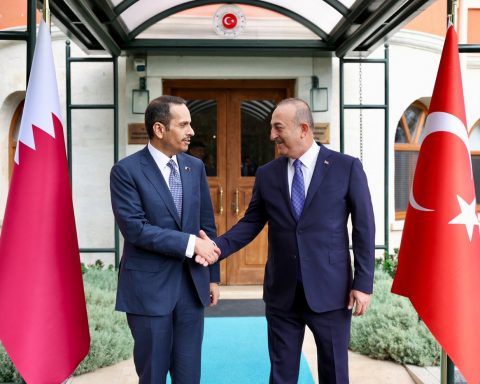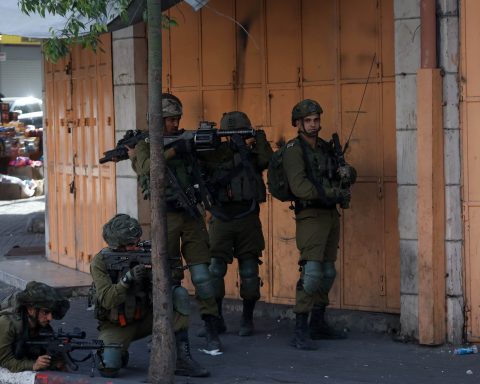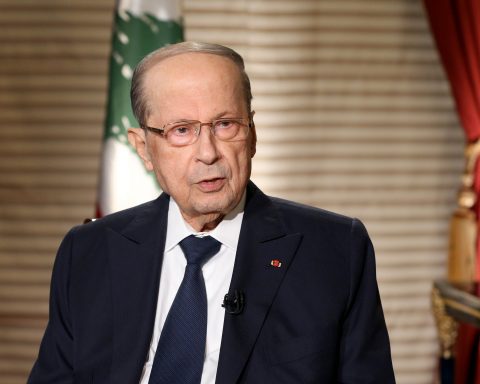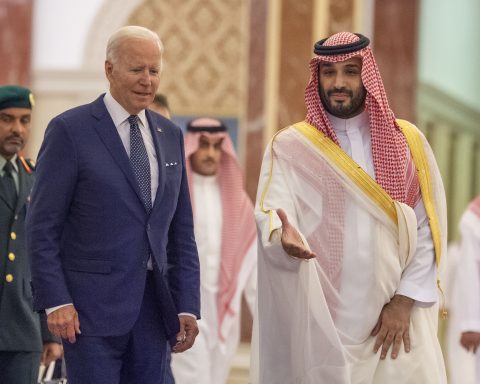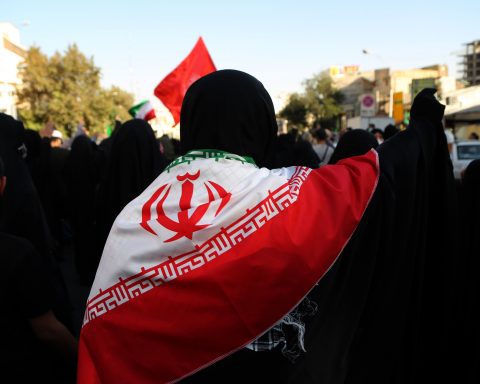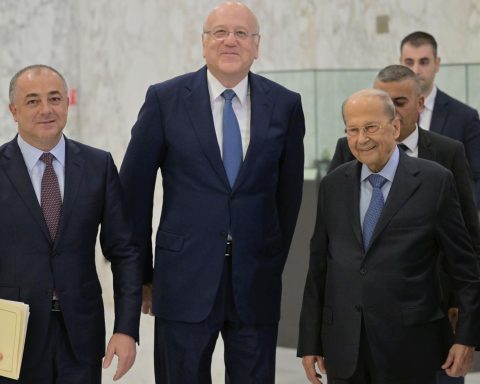The daily production of gasoline in Iran is about 100 million liters per day, while the average fuel consumption this year is 96 million liters per day. In the months of March last year and April this year, the average consumption of gasoline even went up to 130 million liters per day. Last May, the issue of raising the price of gasoline by the Ebrahim Raisi administration was raised. The government increased the price of gasoline in November 2019. The implementation of this plan reduced the amount of gasoline consumption in the country for a while, and it lowered it to 75 million liters per day from 90 million liters in 2019. But the upward trend of gasoline consumption started again this year, and now the daily consumption has reached nearly 100 million liters per day, and experts say that if this trend continues, Iran will be an importer of gasoline next year. According to statistics, the average fuel consumption of domestic cars is three times the global average. Domestic cars burn 25 million liters per day more than the average world consumption, and if we consider the price of a liter of gasoline to be the global average rate of one-dollar, domestic cars consume 11 billion dollars more than the global average fuel consumption. On the other hand, it is said that 15 million liters of gasoline per day are smuggled out of the country.
The Deputy Minister of Economic Affairs and Finance of the Ebrahim Raisi, administration has said that “increasing the price of gasoline” will be a task for next year under the “Price Reform Plan”. He also said that in Kish Island, this plan was “stopped” “after five months’ for review and, if necessary, to carry out reforms or development. Last June, the Secretary General of the Oil, Gas, and Petrochemical Products Exporters Union said: It is true that prices should change due to the increase in global energy prices, but how to do this without causing tension in society is very important. According to Hamid Hosseini, if the government is interested in changing the prices, according to the economic situation of the society and the inflationary pressure, it will not take any action to increase the price of diesel and gasoline.
In the last week of July, the Minister of Economy, Ehsan Khandozi, in his press conference, revealed the latest status of the government’s gasoline plan. He said: After the 5-month trial period of the new method of rationing the supply of gasoline in free zones, the report has been submitted to the president and is ready. Regarding the continuation of this plan, it should be summarized and reviewed. Although the Minister of Economy has emphasized, it is necessary to explain that this issue does not mean an increase in the price of gasoline this year. Some media inside Iran are reporting the possibility of a fuel price increase. In an article on Ensaf News, referring to the expansion of media activities of those close to the 13th government in condemning the payment of subsidies to energy carriers, they wrote: It seems that the 13th government is to make “difficult decisions” due to the emergence of undeniable facts in the field of economy.
In recent days, the issue of freeing the price of gasoline has once again been raised by the government-affiliated media. It seems that due to the uncertainty of the prospect of revitalizing the JCPOA and increasing economic pressures due to the lack of reliable financial channels for the return of oil sales, the government has no choice but to pursue economic reform policies and remove subsidies. It seems that the 13th government, as the head of the government stated in an interview with Sed and Sima, is going to make “tough decisions” due to the emergence of undeniable facts in the field of the economy. In the meantime, what is less mentioned by other observers is the economic surgery by figures who in previous years spoke a lot about economic reform, including the “implementation of adjustment policies” during the late Hashemi Rafsanjani’s era, but when they themselves were in the seat of power and became familiar with numbers, implemented the same policies as the government of the mid-seventies.
The statistics of the Ministry of Oil show that out of the 85 million liters of daily gasoline consumption in the country, about 70% of the rationed gasoline is sold to the people at a reduced price. Under the “Gasoline for All” scheme, 20 liters per month will be provided to every citizen with a national code (National Identification number), which is equivalent to the daily delivery of 55 million liters of gasoline for the 83 million people of Iran. This leaves an extra 30 million liters of gasoline per day, which the Iranian authorities have not explained. What will happen to this amount of gasoline, and on the other hand, if the country’s daily gasoline needs are 85 million liters, how will they meet their needs with 55 million liters of subsidized gasoline, which is equivalent to only two-thirds of the country’s current gasoline consumption? Last year, following the spread of COVID-19 and the decrease in domestic consumption of gasoline due to the quarantine, the Iranian government increased the export of gasoline sixfold and earned about three billion dollars.
In early July, IRNA announced, quoting customs statistics, that “in April of this year, Iran exported 116 million liters of gasoline, equivalent to 32 million dollars.” According to these statistics, Iran’s exported gasoline had an average price of 27.6 cents per liter in April. Various media sources, citing the statistics of organizations such as customs, published similar news about the export of gasoline at 27 cents in the spring, while the price of gasoline in the region in the spring was about 80 cents per liter, according to the data from Platts. Thus, suspicion over cheap gasoline was raised, considering Iran is in a situation where it is on the verge of importing gasoline due to consumption exceeding production. This is even though, according to the customs spokesman; Iran has exported 366 thousand tons of gasoline worth 133 million dollars to four countries from the beginning of the year to the end of July. According to these statistics, the average price of Iran’s exported gasoline in the first 4 months of the year was about 27 cents per liter (26.9 cents). This year, the only shipment of gasoline that was officially offered on the Iranian Energy Exchange was on April 24. It was sold for 70 cents per liter.
It seems that the Raisi administration is preparing to increase the price of gasoline, but considering protests in November 2019 against the price of gasoline, the administration has to act cautiously regarding the increase. Some energy experts believe that if the price of gasoline is to increase in line with international prices, why shouldn’t the price of other things, including wage rates and car prices, be determined based on this? Wouldn’t adjusting people’s expenses to international rates without adjusting their income to these rates cause migration, especially among highly qualified people?
High and mandatory pricing of all types of fuel, including gasoline, causes national capital to be wasted or smuggled. From time to time, with the inflation that occurs due to the government’s budget deficit and the dissatisfaction of the banks, the price of gasoline practically returns to its previous price. This issue proves to the policymakers that there will be no mandatory increase in gasoline prices until monetary stability and the reduction of inflation are achieved. In addition to the issue of “fuel smuggling”, which belies the emphasis of government officials on the fact that fuel is cheap in Iran compared to neighboring countries, the issue of “increasing gasoline consumption” could be another reason for the government to defend the increase in gasoline prices. The warning of the oil distribution and refining company regarding the increase in gasoline consumption and the possibility that consumption may exceed production by next year, meaning Iran will need to import gasoline, have strengthened the speculations about the government’s use of this tool.

